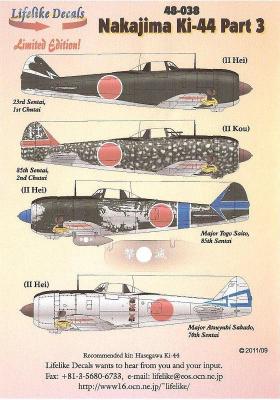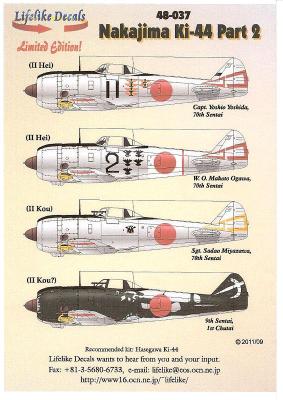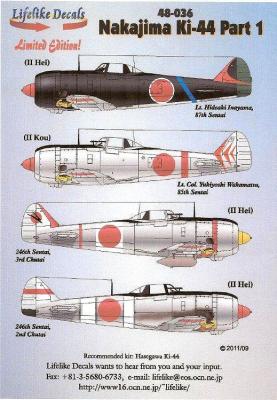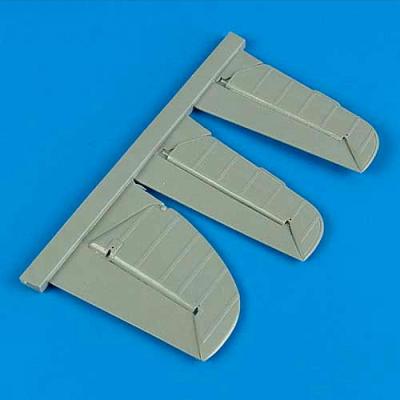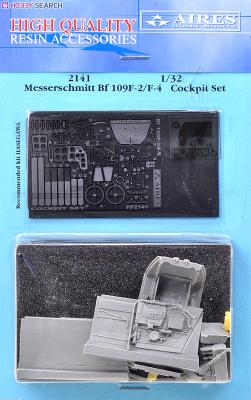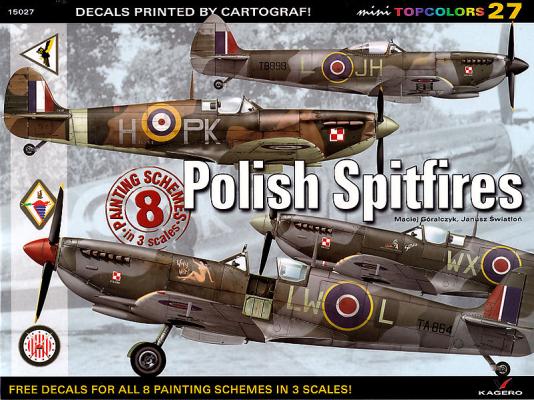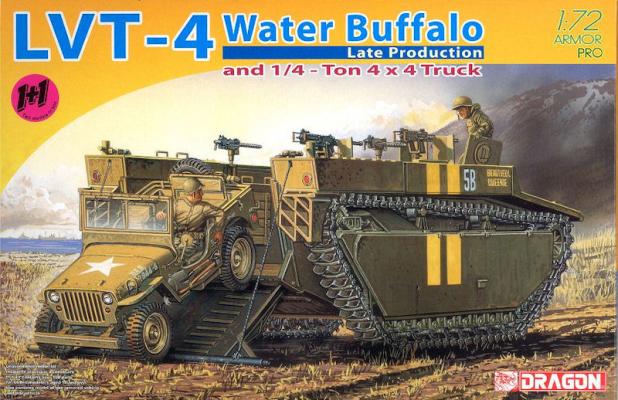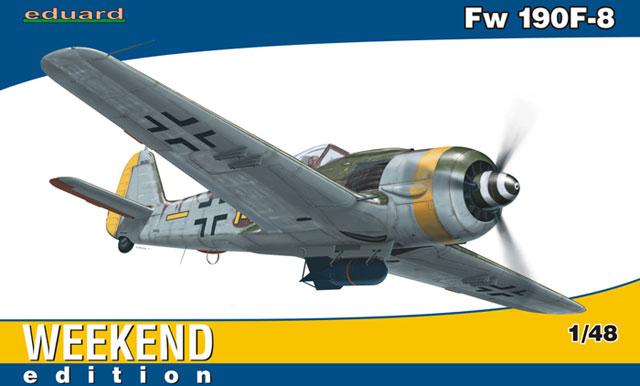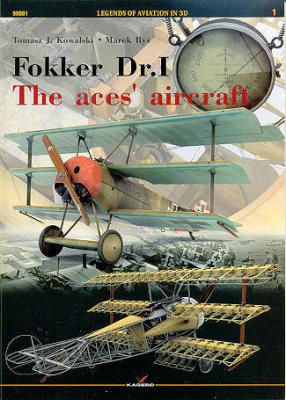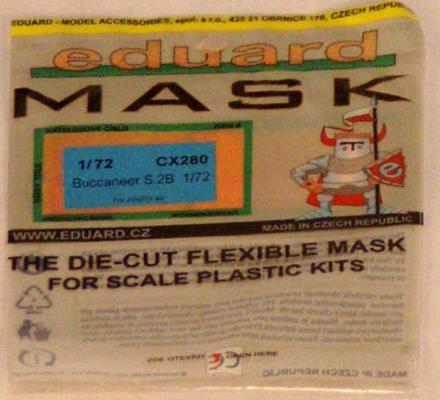Want a variety of marking and painting options for your Hasegawa Ki-44? Well, Lifelike Decals has exactly what you are looking for on this sheet. It features four aircraft in four distinct paint schemes and marking options.
The instructions are printed on two single-sided A4 sheets in full color. The first page is the cover and the back with the plan views of the subject aircraft. Interestingly, the second aircraft is not shown in the plan views. The other page includes the history and the research used to determine the markings. This is one of the things that Lifelike Decals does better than most manufacturers, in that they show you where they got the research and the logic behind the color call-outs. They don’t even pretend that they know all the answers but give you, the modeler, the information to do with as you please.

